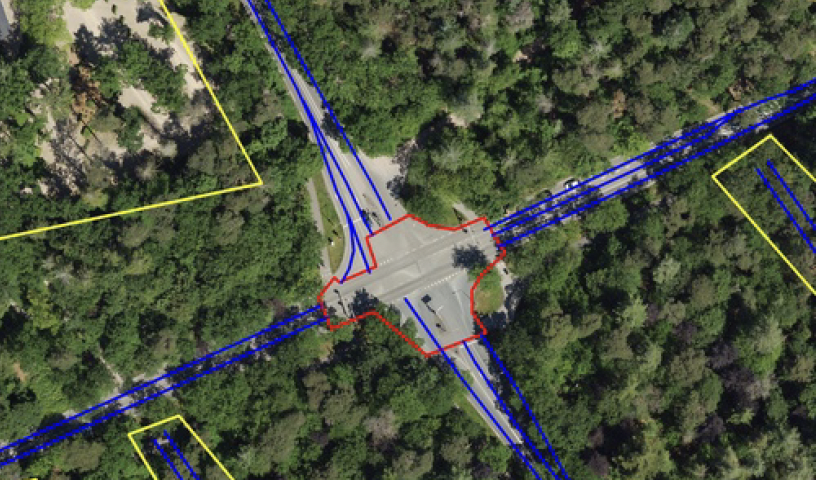
This survey provides a comprehensive overview of LiDAR-based panoptic segmentation methods for autonomous driving. We motivate the importance of panoptic segmentation in autonomous vehicle perception, emphasizing its advantages over traditional 3D object detection in capturing a more detailed and comprehensive understanding of the environment. We summarize and categorize 42 panoptic segmentation methods based on their architectural approaches, with a focus on the kind of clustering utilized: machine learned or non-learned heuristic clustering. We discuss direct methods, most of which use single-stage architectures to predict binary masks for each instance, and clustering-based methods, most of which predict offsets to object centers for efficient clustering. We also highlight relevant datasets, evaluation metrics, and compile performance results on SemanticKITTI and panoptic nuScenes benchmarks. Our analysis reveals trends in the field, including the effectiveness of attention mechanisms, the competitiveness of center-based approaches, and the benefits of sensor fusion. This survey aims to guide practitioners in selecting suitable architectures and to inspire researchers in identifying promising directions for future work in LiDAR-based panoptic segmentation for autonomous driving.

Automated extraction of intersection topologies from aerial and street-level images is relevant for Smart City traffic-control and safety applications. The intersection topology is expressed in the amount of approach lanes, the crossing (conflict) area, and the availability of painted striping for guidance and road delineation. Segmentation of road surface and other basic information can be obtained with 80% score or higher, but the segmentation and modeling of intersections is much more complex, due to multiple lanes in various directions and occlusion of the painted stripings. This paper addresses this complicated problem by proposing a dualistic channel model featuring direct segmentation and involving domain knowledge. These channels are developing specific features such as drive lines and lane information based on painted striping, which are filtered and then fused to determine an intersection-topology model. The algorithms and models are evaluated with two datasets, a large mixture of highway and urban intersections and a smaller dataset with intersections only. Experiments with measuring the GEO metric show that the proposed late-fusion system increases the recall score with 47 percentage points. This recall gain is consistent for using either aerial imagery or a mixture of aerial and street-level orthographic image data. The obtained recall for intersections is much lower than for highway data because of the complexity, occlusions by trees and the small amount of annotated intersections. Future work should aim at consolidating this model improvement at a higher recall level with more annotated data on intersections.

Appearance is a complex psychovisual phenomenon impacted by various objective and subjective factors that are not yet fully understood. In this work we use real objects and unconstrained conditions to study appearance perception in human subjects, allowing free interaction between objects and observers. Human observers were asked to describe resin objects from an artwork collection and to complete two visual tasks of appearance-based clustering and ordering. The process was filmed for subsequent analysis with the consent of the observers. While clustering task helps us identify attributes people use to assess appearance similarity and difference, the ordering task is used to identify potential cues to create an appearance ordering system. Finally, we generate research hypotheses about how people perceive appearance and outline future studies to validate them. Preliminary observations revealed interesting cross-individual consistency in appearance assessment, while personal background of the observer might be affecting deviation from the general appearance assessment trends. On the other hand, no appearance ordering system stood out from the rest that might be explained with the sparse sampling of our dataset.